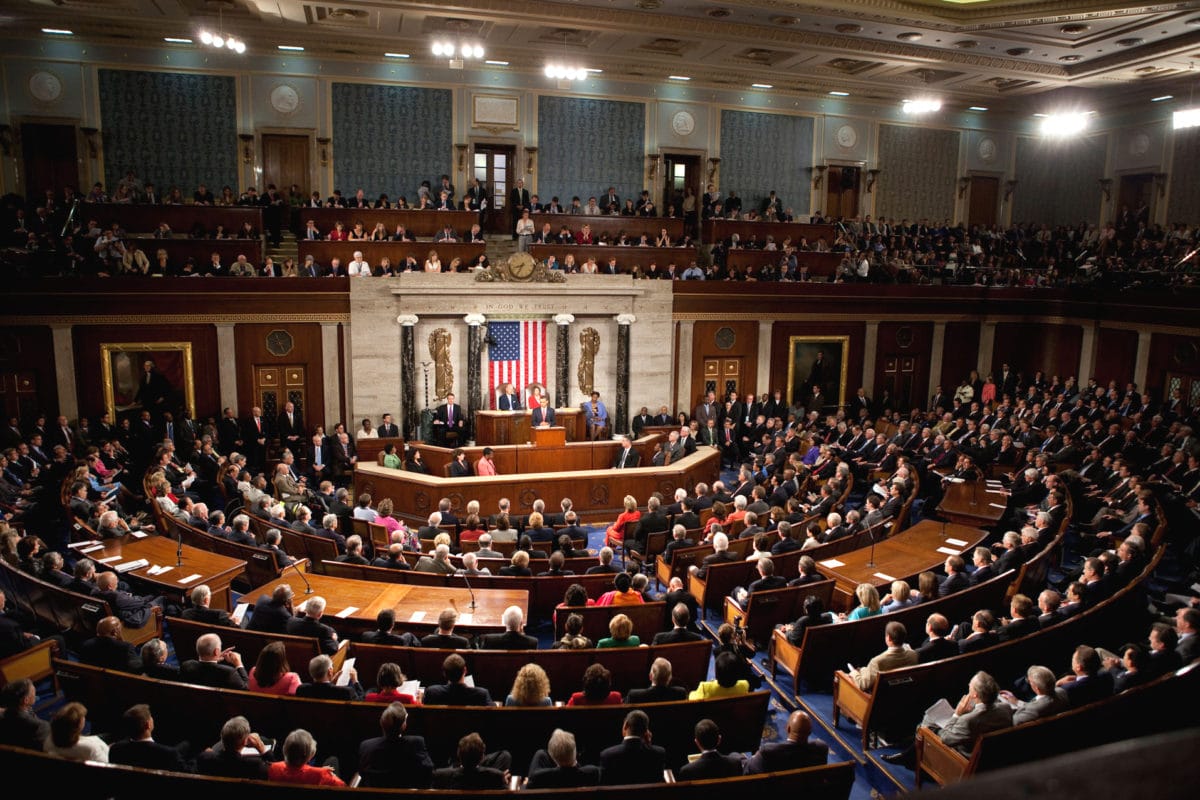House Ways and Means Committee Chairman Richard Neal (D-Mass) is expected to introduce a clean energy discussion draft that extends the solar investment tax credit (ITC) and that grants the wind and energy storage industries ITC terms similar to those that the solar industry has enjoyed for the last five years.
“When [the package] is unveiled it will be a starting point for a discussion and for horse trading,” according to an official familiar with the discussion draft that the House of Representatives Ways and Means Tax Committee has been briefing members on this week.
Even though putting solar, wind and energy storage under the same ITC umbrella as solar adds complexity, it also renders the discussion draft technology neutral while aiding the development of energy storage technology and potentially broadening the discussion draft’s appeal in Congress.
The current federal ITC for solar is set to drop to 26% in 2020 and then fall to 22% in 2021. Unless extended, the ITC for residential solar will disappear in 2022; for utility-scale solar, it will fall to 10% that year. According to the Solar Energy industry, the existence of an ITC has helped the solar industry grow by 10,000% since 2006.
Unlike solar and wind energy, energy storage has never had a freestanding tax credit, despite several attempts carve out a stand-alone tax credit; it has had to be paired with a solar project to qualify for ITC inclusion.
“Making energy storage an eligible technology for the ITC would have a transformative impact on modernizing the grid, reducing greenhouse gas emissions, and accelerating America’s transition to a clean energy economy,” Gregory Wetstone, president and CEO of the American Council on Renewable Energy said. As renewables are adoption grows, energy storage becomes more important.
For the energy storage industry, the opportunity to tap into a clearly defined ITC would be a game changer that would have positive knock-on effect for the solar industry, industry officials said.
“Storage is already growing relative to the size of solar projects and becoming a more prominent part of discussions,” Philip Hopkins, managing director and head of the Renewable Energy & Environmental Finance group at Wells Fargo said, noting that financing structures are starting to change as a result.
Increasingly, solar projects are incorporating storage because it helps solar companies address the issues around having power imbalances when the sun isn’t shining. Often, projects rely on natural gas generation in the absence of sufficient battery storage solutions. Although the prices for solar and energy storage technologies have been declining, it is currently still cheaper to build gas plants for off-sun times.
Article contributed by Jean Haggerty
This content is protected by copyright and may not be reused. If you want to cooperate with us and would like to reuse some of our content, please contact: editors@pv-magazine.com.









By submitting this form you agree to pv magazine using your data for the purposes of publishing your comment.
Your personal data will only be disclosed or otherwise transmitted to third parties for the purposes of spam filtering or if this is necessary for technical maintenance of the website. Any other transfer to third parties will not take place unless this is justified on the basis of applicable data protection regulations or if pv magazine is legally obliged to do so.
You may revoke this consent at any time with effect for the future, in which case your personal data will be deleted immediately. Otherwise, your data will be deleted if pv magazine has processed your request or the purpose of data storage is fulfilled.
Further information on data privacy can be found in our Data Protection Policy.